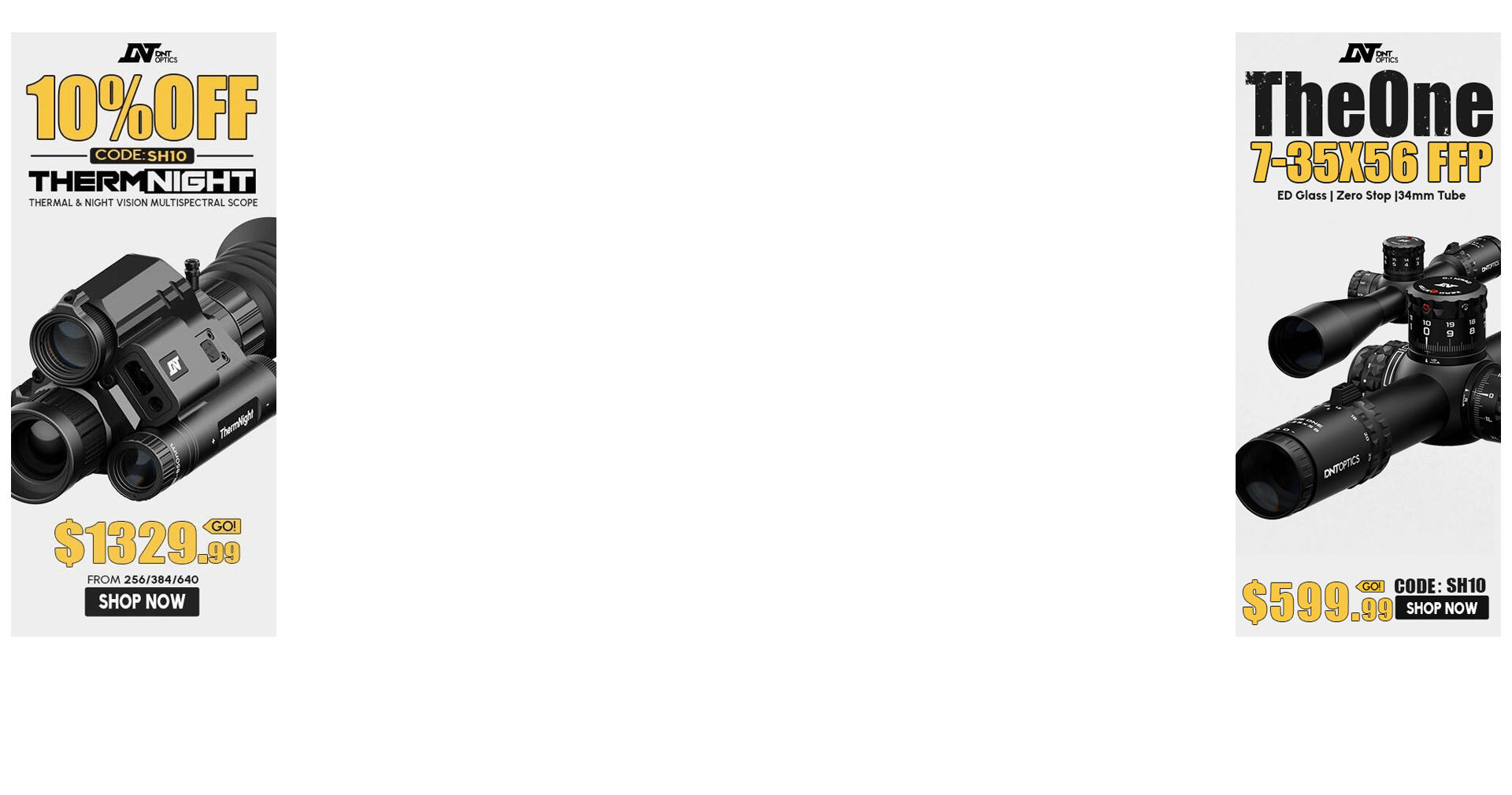I'm going to throw some stuff out here that I have learned in the past ~6 months. I'm very much a newbie at this as well, but you may find it useful.
I have two rifles: a stock Remington 700 and a custom build on a Remington 700 action. The custom is custom just because it has an aftermarket barrel.
The stock rifle is all over the place, and the best I had it shoot was about 1/2 MOA and it is averaging about 3/4 MOA with handloads. If I get away from those loads, it shoots 1-1.5 MOA, and even worse with certain ammo I will not name. The custom rifle, consistently shoots 1/2-3/4 MOA with all the ammo I have put through it, which is about what I am good for on any given day.
More importantly, the stock rifle has a 20" lighter profile barrel, in a very light weight chassis with a Harris bipod which is more difficult to load up on the bench and a heavier trigger. The aftermarket rifle has a longer, heavier barrel (23" M40 contour), weights about 5 lbs more and has a bipod I can load up solidly, with a tuned trigger (still the stock Remington though). The aftermarket rifle is probably inherently more accurate, but other factors make it much easier for me as a novice shooter to shoot.
There's less muzzle blast and recoil to deal with, its easier for me to setup on, it's easier to achieve a consistent forward pressure on the bipod, etc. I didn't really appreciate any of this until I had the experience of shooting multiple rifles, even though I had been told so by a friend who knew what he was talking about. My attitude was let's start with a harder setup, and if I learn with a harder to shoot setup, everything else will be easier. This was the wrong attitude, and if things didn't go well, which was often the case when I was learning on the stock gun, I felt a like a failure. I ended up burning through expensive ammo and probably building bad habits and training scars which will have to be undone sooner or later. Learning to shoot the bolt gun is one of the harder things I've done/am doing, and it might be easy for you but I don't know. It's sucker punched my self esteem on more than one occasion.
So I'm trying to get at two things. The first is there is a difference between the inherent accuracy of a setup and the achieved accuracy of the shooter on the setup. You may or may be able to figure out this difference with a lead sled or a bunch of bags as was mentioned, but I've never used them and its just more money and its the second we are really after. The second is there is also the ease of use factor, where both guns might have the same accuracy, but one gun is easier to shoot to its full potential than the other. If your gun is going to be used as a family gun, that a wife or kids may shoot, or to introduce a friends to firearms, the second becomes more important.
At some point, rebarreling the gun is a good investment, not just to make it more accurate, but to make it easier and more enjoyable to shoot, easier to learn on and develop fundamentals, and to more successfully introduce others to the sport. It removes the gun/equipment factor from the equation, and puts the onus back on the shooter to really focus on what they're doing and to learn how to do it well without the equipment out.

